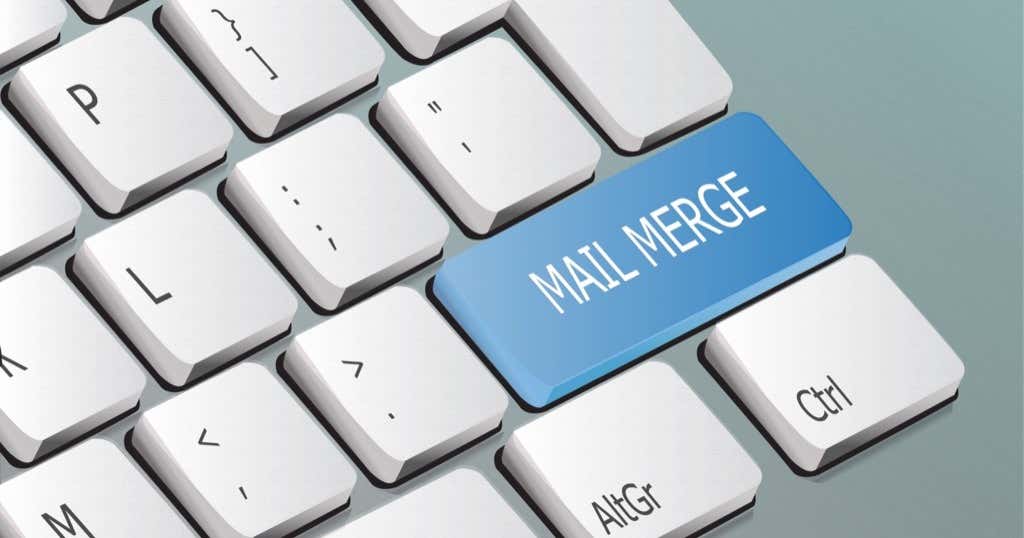If you’re trying to save time spent on manually personalizing each letter, label, or other documents, mail merge can come in handy. Even if you’ve never tried to create a mail merge letter, the process is pretty straightforward, and we walk you through each step below.
How to Create Mail Merge Letters
Microsoft Word has a wizard that walks you through creating mail merge letters. The wizard will ask for the letter you’d like to use and the recipients of the letter along the way, so make sure you have a list of recipients ready to insert. If you don’t, no biggie, you can always add a list of recipients manually. Navigate to the sheet containing the list of recipients using the explorer, select the sheet and select Open. When you select the sheet, you’ll see the Select Table window. Select the relevant table(s). Be sure to check the box beside the text First row of data contains column headers if that’s true for your data, and select OK. Next, you’ll see the list of recipients that Word will use in your merge. If everything looks good, select OK. When you’ve added the Excel sheet, select Next: Write your letter. The Insert Merge Field dialog box will open from where you can select the relevant placeholder and select Insert to add it to your letter. This will show you a preview of all letters generated with mail merge. You can use arrow buttons in the mail merge pane to switch the preview of letters.
How to Create Mail Merge Labels
It’s always a good idea to compile your mailing list tidily in an Excel sheet so you don’t feel dizzy when you need someone’s mailing details. However, if you want to print the labels, your Excel sheet compilation won’t cut it. Instead, you’ll need to create mail merge labels on MS Word. Once you select OK, you’ll see the labels outlined on your document. If you don’t, go to Table Design > Borders and select View Gridlines. Navigate to the Excel file containing the mail list. Select the file and select Open. If it doesn’t look like how you want it, select Match Fields. Make sure that all details correspond to an appropriate header from your worksheet and select OK. Look at the preview again. If it looks good, select OK. You’ll see a small window pop up. Select All and then OK.
How to Create Mail Merge Envelopes
Creating mail merge envelopes is mostly the same as that for labels, but with a few tweaks. Again, click on Mailings > Start Mail Merge > Step-by-Step Mail Merge Wizard, but this time, select Envelopes and then select Next: Starting document from the bottom. You’ll now see «AddressBlock» appear on the envelope. Your envelopes are now ready to be merged. Select Next: Complete the merge. You’ll now see all envelopes merged into a single document.
Bulk Printing and Emails Made Easy
Using mail merge can save you a ton of time you’d otherwise spend customizing your letters, labels, or envelopes. That’s not all you can do with MS Word, though. You can also create greeting cards, booklets, and index cards. Mail merge has been around for a while, but if you’re looking to make your processes efficient, Microsoft Office 2019 introduced some neat features you may want to look at.
































